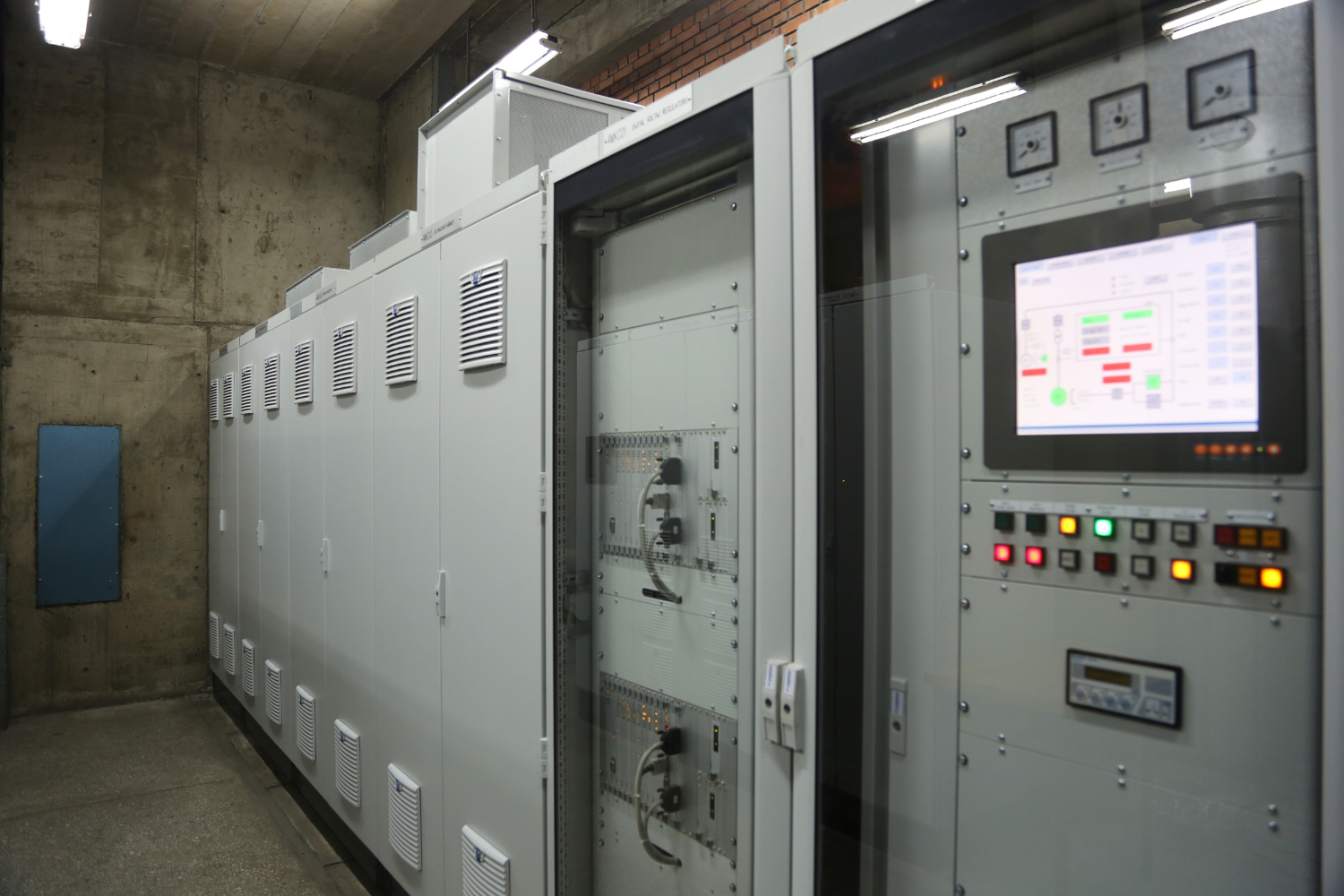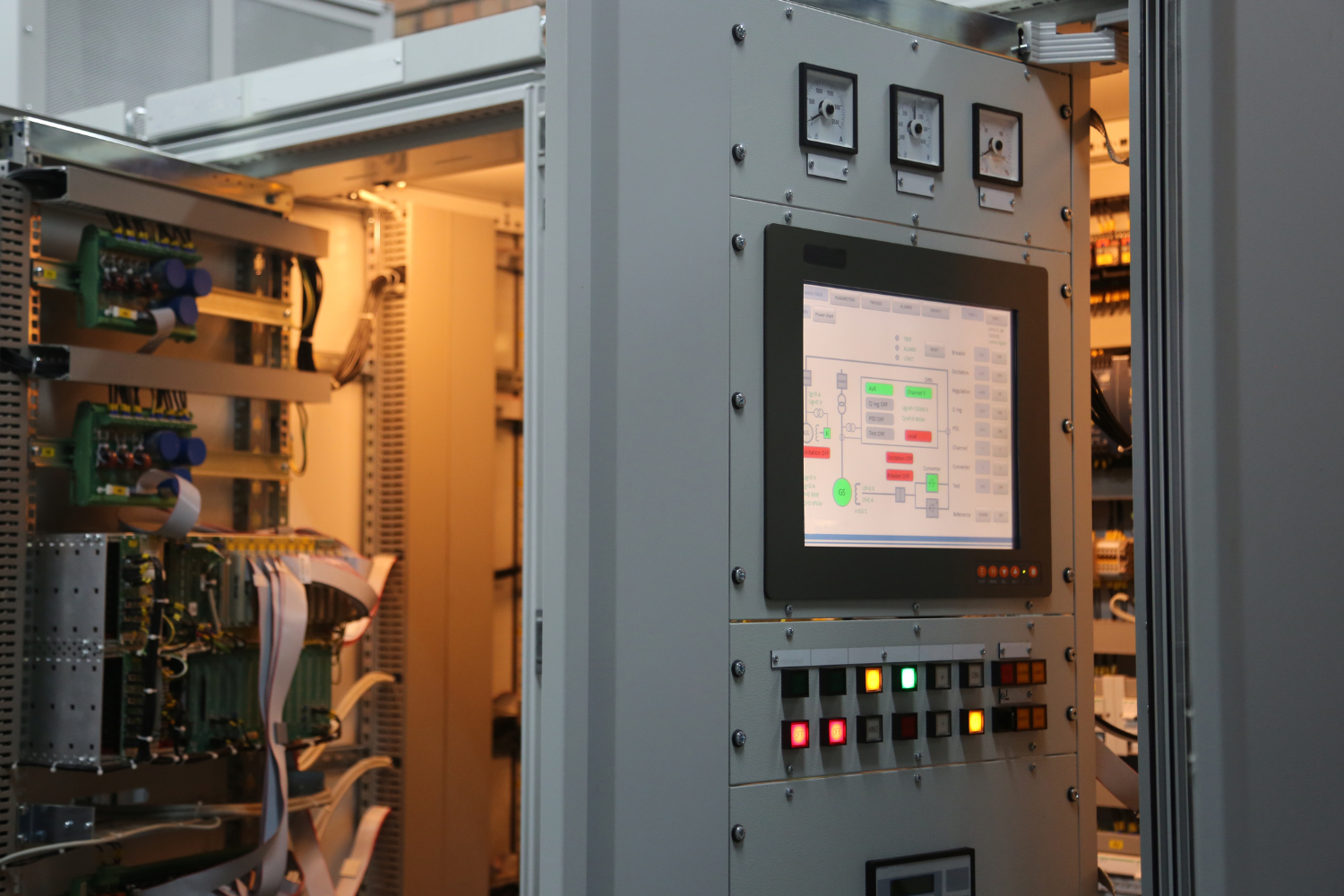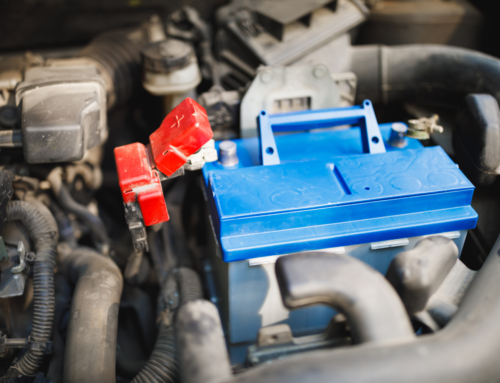The generator excitation systems have control over stability and efficiency and play a vital role in the application and functionalities of industries. The excitation here refers to creating and regulating the electrical fields within the generator’s rotor. A detailed understanding of the aspect is essential. The article covers the definition, components, types and methods of excitation.
What Are Excitation Systems?
The generators concerned with power generation require a magnetic field to deliver the desired output. This magnetic field further requires electric current, which the excitation system generates. The generator excitation depicts using an electric field to generate a magnetic field. The exciter generator offers regulated DC to the generator’s rotor winding or field windings that result in output voltage.
The generator’s exciter is concerned with regulating field voltage and current for imparting protection to tasks important for efficient power system operation. The planned excitation system can deliver quick transient reaction, stability, security, ease of maintenance and quality.
What Are The Components of the Excitation System?
The excitation system is made of the following components:
Exciter: Provide the DC power to the excitation system
Regulator: Controls the exciter to modify the strength and form of the input
Power system stabilizer: Sends input signal to the regulator for controlling the oscillations
Limiters and protective circuits: Offers broad functionality to enhance the generator and exciter capacity
Transducer: Handles the generating voltage and modifies it as per the desired requirement
Resistance: Helps to control the field current manually
Rectifier: Converts AC to DC (required for AC exciters)
Flashing system: Offers direct current to the rotor in case of loss of residual magnetism
What Are The Types Of Excitation Systems?
There are three types of excitation systems, namely, DC, AC and static excitation systems.
-
DC Excitation System
It contains two types of exciter, where the output is regulated by the AVR or Automatic Voltage Regulator. The two exciters are the primary and pilot exciter. The current system here is driven by a motor or through the main shaft. In the case of an open field breaker, a resistor is connected with the field winding that discharges the residual electrical energy in the generator’s magnetic field.
The DC excitation systems are more reliable and compact. However, they are limited by the slow response, large size and complex voltage regulation mechanism.
-
AC Excitation System
Here are two components: thyristor rectifier bridge and alternator connected to the main shaft. The excitation can occur separately or by oneself. It is further classified into a rotating thyristor and a brushless excitation system. The rotation thyristor system has a fast response, simple and low-cost. The brushless excitation system is reliable, flexible, has good system response and low maintenance.
-
Static Excitation System
The system works without rotating parts, thus eliminating the windage and rotational losses. This excitation system has good reliability, operational flexibility, small size, low loss, high performance, and simple and excellent system response. It also accompanies disadvantages like the requirement of a brush and slip ring.
How To Excite A Generator?
There are four methods of generator excitation. They use an Automatic Voltage Regulator (AVR) to supply DC output to the exciter stator. The AVR receives input from the generator stator on rotation. They are of two types: silicone-controlled rectifier (SCR) and field effect transistor (FET). Here are the different methods to excite a generator:
-
The shunt method or Self Excited excitation system
The shunt or self-excited system does not require external excitation. It comprises residual magnetism in the rotor that leads to generator self-excitation. It occurs by generating a small voltage that powers the AVR, further supplying DC to the exciter stator. It is a cost-effective method that does not require additional wiring or components. It offers more straightforward troubleshooting methods but limited control and is difficult to start without residual magnetism. The shunt method might also experience diminished yield voltage. Also, in case of a short out, the generator power yield is also lost. It is better for direct loads.
-
Excited Excitation Boost System (EBS)
It contains an additional power source, a small auxiliary generator or an external power supply. It excites the generator by boosting the voltage to a sufficient level, giving a headstart to the generator. The Excitation Boost generator supplies power to the controller. After the running operation begins, AVR takes over the voltage regulation. The EBC control module is parallelly connected with AVR and exciter. The EBS offers better control and reliability than the shunt method and provides around 300% short-out current. However, the requirement of an additional power source is a limitation. Additionally, it is not suited for continuous power applications but offers a good source during a power crisis.
-
Permanent Magnet Generator (PMG)
Now, what is a PMG generator? A PMG generator refers to a small permanent magnet generator mounted on the same as the main generator (determined end of the generator shaft). It is a modern approach that generates a DC voltage to power the AVR and further regulates the main generator’s output voltage. A PMG generator provides a stable and constant voltage source for the AVR regardless of burden. But, it comes along with higher initial cost and complexity.
-
Assistant winding (AUX)
Assistant or auxiliary winding is added to the main generator to produce AC voltage. It is further converted to DC and subsequently powers the AVR. It further regulates the main generator’s voltage. AUX provides a self-sustaining source for AVR but adds complexity to the generator design. It is also more suited for industrial applications and is widely used. AUX is applicable for both straight and non-straight load applications.
Wrapping Up!
Excitation systems are critical for the generator owing to being solely responsible for power generation. There are different methods and systems suited for exciting the generator. The choice depends on multiple factors like load characteristics, cost considerations, starting characteristics, generator size and capacity and multiple others. There are four different methods for excitation, as discussed in the article. The choice at large scale must consider all the important factors before finalizing.
Common Questions About Generator Excitation Methods and Systems
1. Which type of power source is required for excitation and why?
The DC power source is the prime requirement. The Direct Current (DC) voltage produces the constant magnetic field important for generating electric current.
2. What are the applications of excitation systems?
The applications are seen in hydro-turbines, pumped storage units, nuclear power plants, and other significant plants.
3. What are the characteristics of static exciters?
The static exciters are equipped with a capacity range of 300 to 1000 amperes, offer a direct connection to the generator rotor through slip rings and brushes, and have multiple large cabinets and voltage regulators.
4. Why do generators need excitation?
The excitation creates a magnetic field in the generator rotor, thus inducing an electric current in the stator windings. The induced current subsequently leads to power generation, thus making excitation to be the initial and most crucial step in power generation.
5. What are the consequences of loss of excitation in the generator?
The loss of excitation indicates a lack of magnetic field and, hence, the current in the stator windings. The consequences are loss of voltage, generator instability, loss of synchronization, shutdown and damage to the generator.
6. What is the difference between rotary and static excitation?
Rotary excitation involves a physical exciter on the shaft, while static excitation occurs through solid-state devices. The response time is influenced by mechanical components and rotation in the former, while the latter offers a faster response time due to instantaneous action.
7. What is an alternator and rectifier in the generator?
The alternator generates the AC voltage, and the rectifier converts the AC to DC. Thus, they are important for power generation in the generator.
8. What is the voltage rating of the exciter?
The exciter is rated for about 400 Volts.







![How to Leverage Remote Monitoring for Your Industrial Generator?[2024 guide]](https://csdieselgenerators.com/wp-content/uploads/2024/03/Remote-Monitoring-500x383.png)
